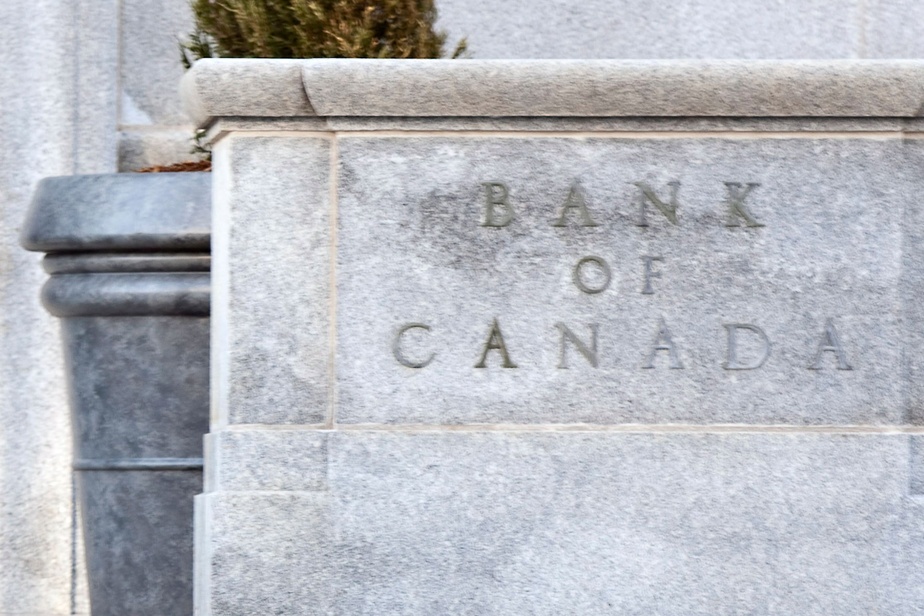The Bank of Canada has learned lessons from its management of the crisis caused by the pandemic, and if it had to be done again, it would act differently.
This is the admission made Wednesday by the deputy governor of the central bank, Toni Gravelle, who was invited to the Conference on financial services of the National Bank.
In his speech, he explained that buying federal government bonds is a monetary policy tool that the Bank of Canada often uses, but at the start of the pandemic, it bought federal bonds massively for another purpose, that of supporting the financial markets.
This is called quantitative easing, which she had never done before.
If it had to be done again, she would act differently, according to the Deputy Governor.
If our intention is to buy Government of Canada bonds strictly to restore the functioning of the market, we will indicate this from the outset so that there is no ambiguity.
Toni Gravelle, Deputy Governor of the Bank of Canada
The Bank of Canada will specify the size and duration of its bond purchases at the outset. “The program will be temporary and will take place over a relatively short period, determined in advance,” said Toni Gravelle.

PHOTO FROM THE BANK OF CANADA WEBSITE
Toni Gravelle, Deputy Governor of the Bank of Canada
Failure to be so clear has left room for speculation on monetary policy measures, he suggested. Financial markets can thus come to believe that they can take unusual risks without suffering the consequences if things go wrong, he said.
“In other words, because the central bank intervened once, they come to expect it to intervene again at the slightest sign of stress in the markets. »
It must be clear to everyone that such interventions are made on an exceptional basis, he stressed, or “in extreme situations where the entire financial system faces funding constraints”.
It doesn’t happen often, said Toni Gravelle, and you shouldn’t expect intervention of this magnitude with every episode of market turbulence.
“The bar is very high for us to once again use the massive purchases of Government of Canada bonds to support the functioning of the markets,” he assured.
Back to normal
If it had to be done again, the Bank of Canada would not wait so long before starting to return to normal, the Deputy Governor also indicated.
For the past year, the monetary authorities have undertaken to reduce their balance sheet inflated by the pandemic, what is called quantitative tightening.
The Bank of Canada now plans not to wait that long and instead start selling the bonds purchased to calm the markets as soon as conditions improve.
“By selling them shortly after this return to normal, we will be able to bring our balance sheet back to its original size fairly quickly,” said Toni Gravelle.
The quantitative tightening that began a year ago could be long, the deputy governor said, and end in late 2024 or the first half of 2025.
The Bank of Canada is still working to restore supply and demand, said the Deputy Governor. “Inflation as measured by the consumer price index continues to be expected to decline in the coming months, but core inflation will need to slow further to return to the 2 target. %. »
The Bank of Canada’s next interest rate decision and assessment of economic conditions will be known on April 12.
